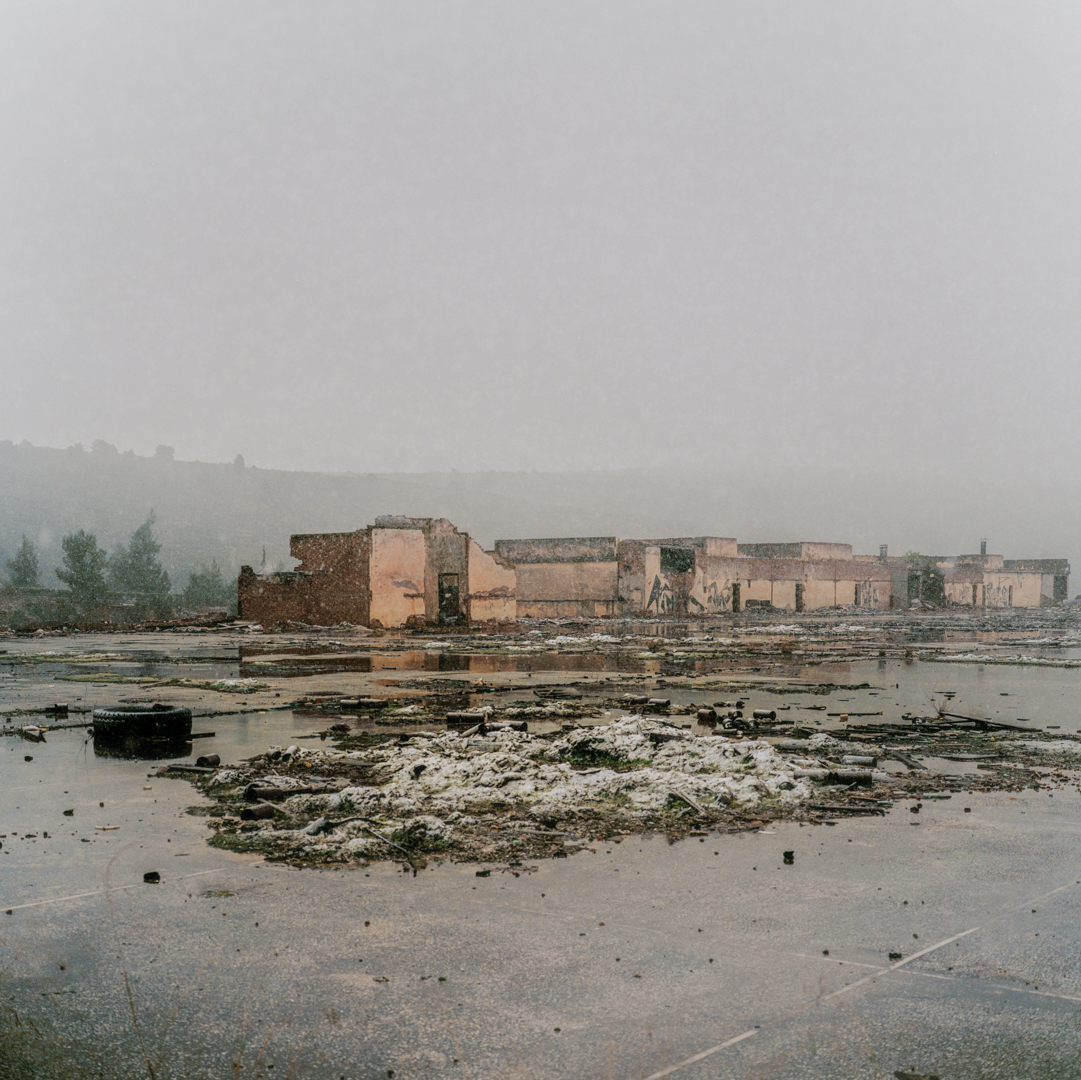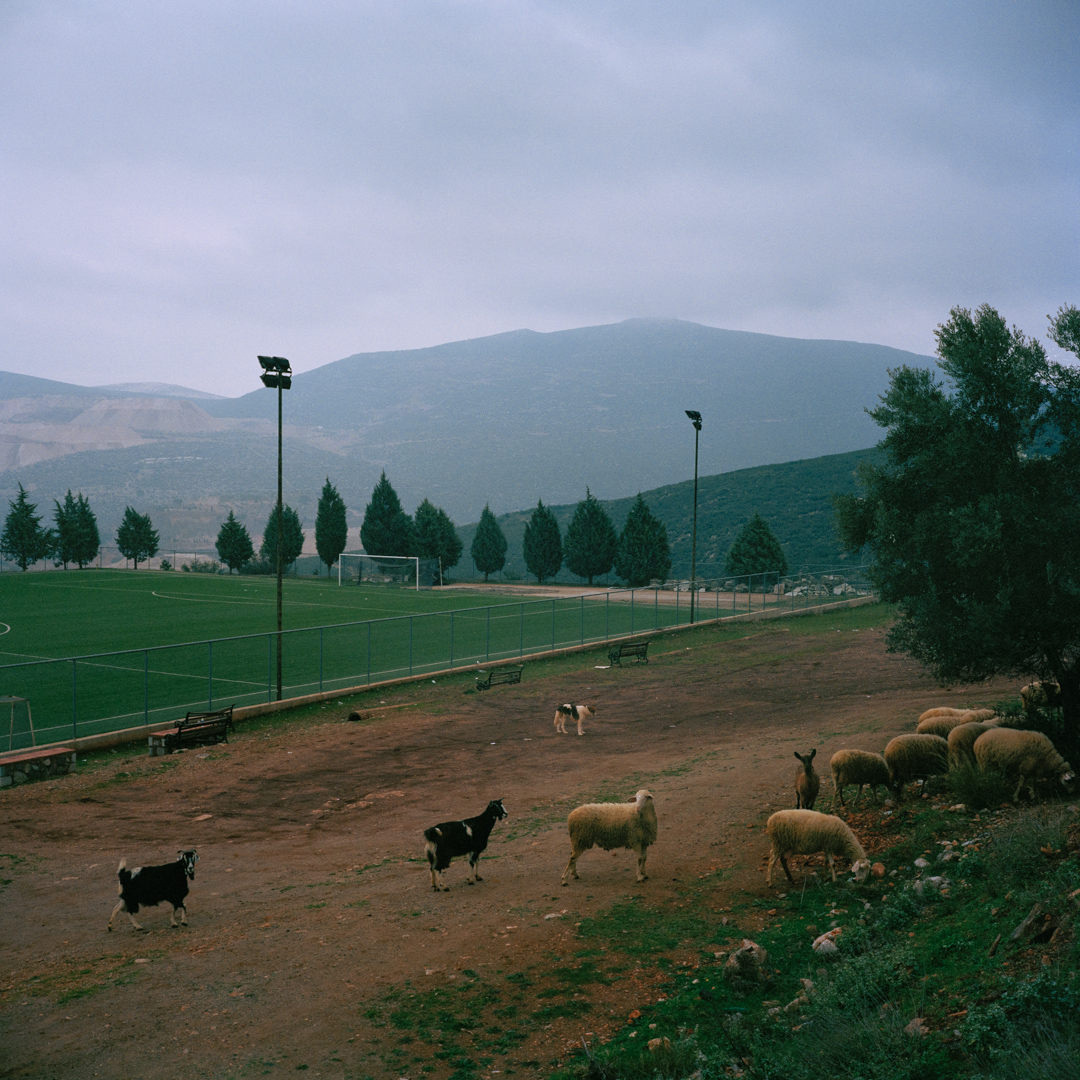(October 2017 - )







































Kopaida area, previous known as Lake Kopais was a lake in Viotia region in central Greece, about 130 km from Athens. Between 1867 and 1887, Scots and French engineers reclaimed the land for the British Lake Copais Company by building irrigation canals in order to drain water from the lake. Since the beginning of the 20th century, its fertile soils have been cultivated systematically by local farmers. In the early 1950s large amounts of nickel deposits where discovered under that the drained lake and the outskirt mountains. In 1963 a private company called LARCO was established in the area focusing on the exploitation of the deposits. Nickel laterite deposits are found in the transported (sedimentary) type – laterites that have been eroded and transported away by gravity or water, then re-deposited in new locations. This type is more uniform and thus more easily extracted but with correspondingly lower nickel content. Agios Ioannis mines is an example of this type. Today the area consists of one underground and three surface active mines, the largest of them situated near the village "Kokkino" is named as the “island”.
The village "Kokkino" which firstly inhabited probably by Albanian genders around the13th century, today has 618 inhabitants. In the late '60s, in order to accommodate the miners, a second private settlement was established 2 km from the village and named as Neo Kokkino (“New Red”). Although many inhabitants are working in the nearby mines and the smelting plant, the old village is facing a high number of unemployment. The mining activity is affecting the village's daily life in multiple ways: the infrastructure in danger due a high number of shallow earthquakes and the nearby farmland is constantly under threat due to heavy industrial pollution. Since the early 2010s, a fourth surface mine is being opened close to the workers' settlement threatening it with abandonment.
The largest deposits of nickel in non-Russian Europe are located in Finland and Greece.